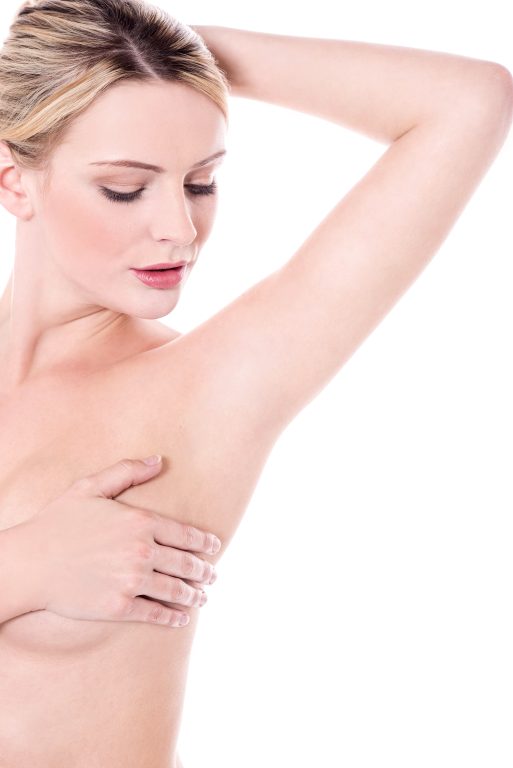Breast cancer is one of the most common cancers developed amongst the female population each year. The average risk of a woman developing breast cancer in the US at some point in her life is about a 1 in 8 chance. Beyond the physical toll this disease can take, the emotional and psychological impact can be equally challenging. At the frontline of your breast cancer journey, it is insightful to understand the transformative power plastic surgery plays in the reconstructive process.
There are two breast surgeries commonly associated with women undergoing breast cancer treatment. Varying breast surgeries are required based on breast cancer diagnoses and to be discussed with your breast surgeon:
- A mastectomy is a surgical operation aimed at removing the whole breast. This procedure can be done unilaterally (one breast) or bilaterally (both breasts). The result alters the shape of the patient’s natural breast significantly.
- A lumpectomy is a breast conserving surgery aimed at removing a lump from the breast(s). This procedure is typically done when there is cancer present in the breast(s) but has not metastasized.
Breast reconstruction is aimed at restoring the natural appearance of the breasts following mastectomy or lumpectomy. Each reconstructive journey is different and tailored to your needs based on the type of breast surgery required. There are three common methods for breast cancer reconstruction:
- Breast implant reconstruction utilizes a tissue expander to gradually increase the size of your breast pocket immediately following a mastectomy. After the course of a couple months, as your tissue expander is filled with saline, you will be ready to replace the tissue expander with breast implants. At that time, you would undergo a second surgery, a tissue expander to implant exchange, where the tissue expanders are removed, and silicone or saline implants are placed!
- Autologous breast reconstruction harvests skin and fat (a “flap”) from an area of the body to form a new breast following mastectomy. Common donor sites for this procedure are your abdomen, back, buttocks, and thighs. Tissue flaps often look and feel like a natural part of your body compared to breast implants. There are numerous types of flap procedures such as pedicle flaps, latissimus dorsi flaps, and free flaps.
- Fat transfer reconstruction is typically utilized for patients who have only undergone partial trauma to the breast, in most cases a lumpectomy. In this procedure fat is harvested from one area of the body and injected into the breast where tissue was lost. The goal of this procedure is to restore the natural shape of the breast(s).
A successful breast cancer reconstruction journey begins with collaboration between the patient and surgeon to understand their goals, concerns, and expectations. The power of plastic surgery plays a pivotal role in empowering breast cancer patients to reclaim their health after a challenging diagnosis. The best candidate for breast cancer reconstruction begins with generally healthy individuals who have undergone or plan to undergo mastectomy or lumpectomy and are seeking to restore the shape of their breasts following that procedure. If you are looking to begin your breast cancer reconstruction journey, consider booking a consultation with board-certified plastic surgeon Dr. Kim. Please contact our clinic at 312-694-0879 or through the request form in the header.
